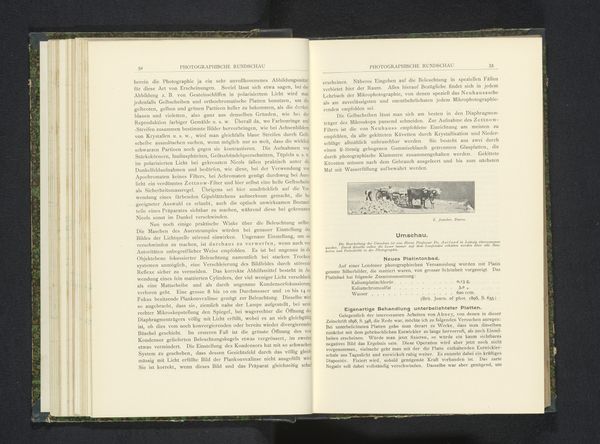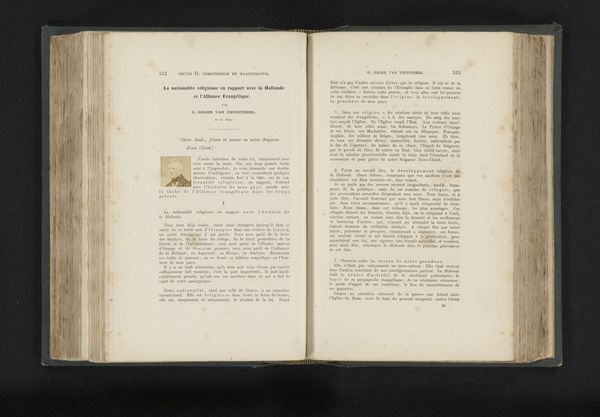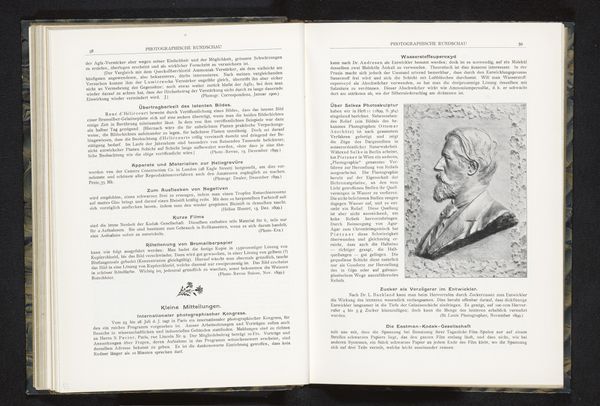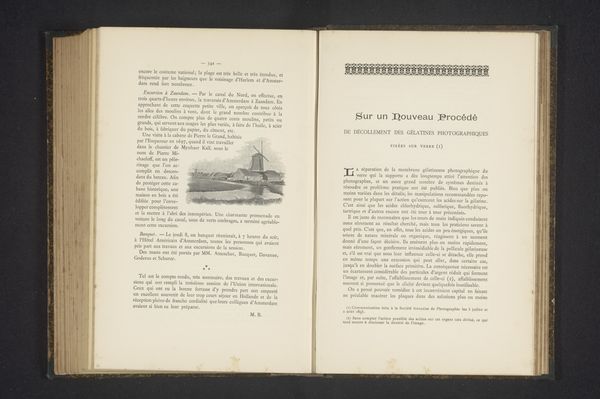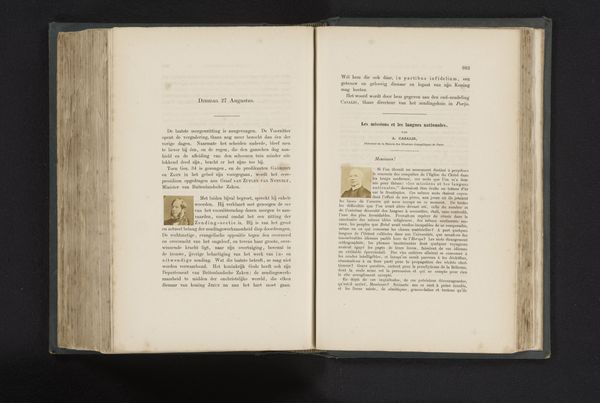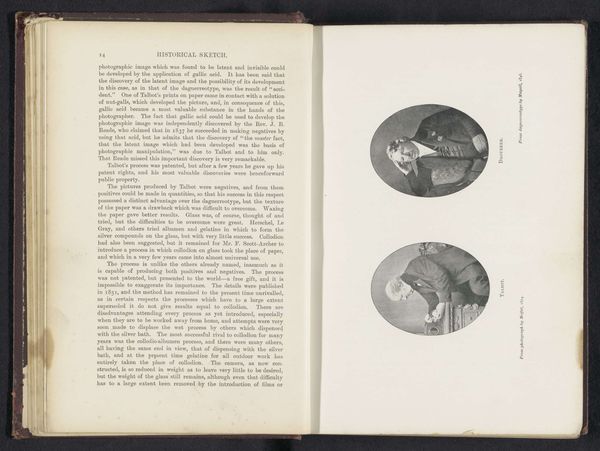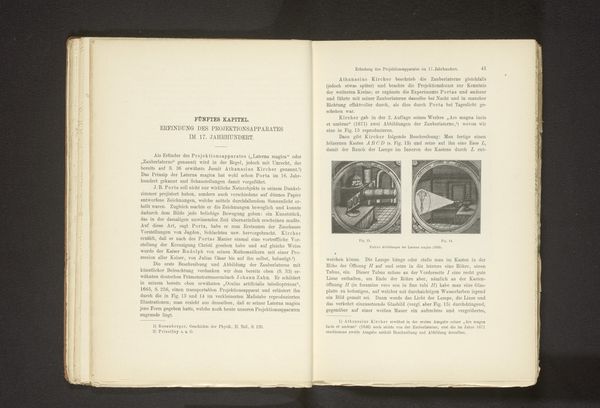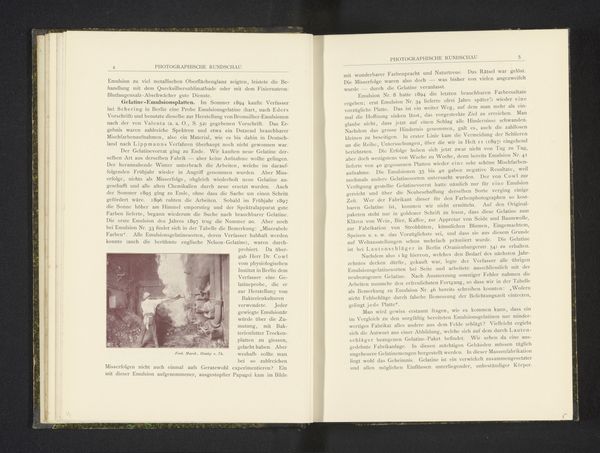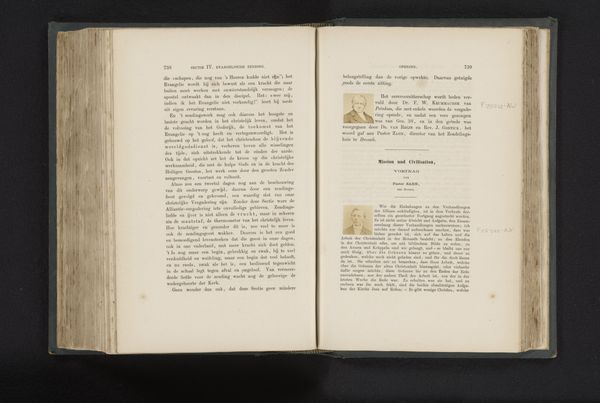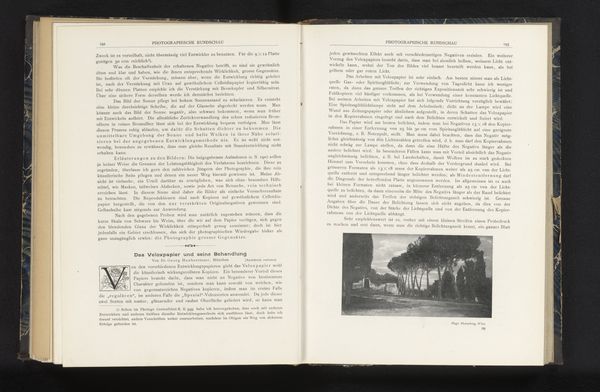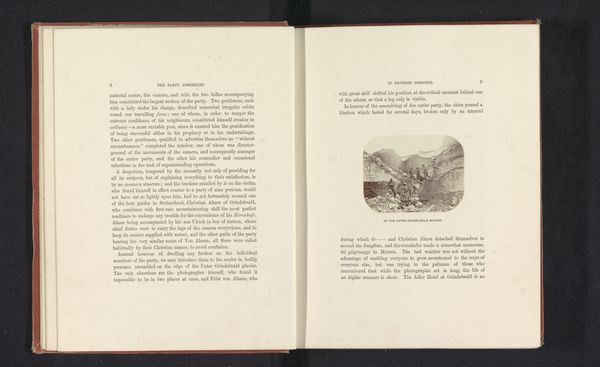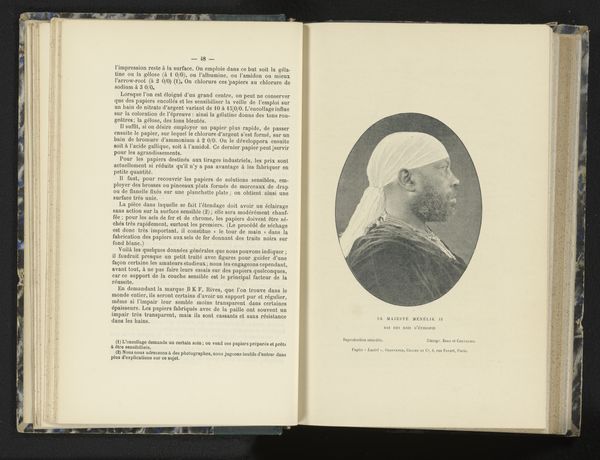
print, photography
# print
#
photography
#
orientalism
Dimensions: height 75 mm, width 106 mm
Copyright: Rijks Museum: Open Domain
Curator: It’s a rather striking image, isn't it? The strong contrast between the dark hair and the almost luminous skin really pulls you in. It feels intimate and voyeuristic all at once. Editor: That’s a fitting response given the complicated historical context of this work. The piece we're looking at today is "Portret van een onbekende Japanse vrouw die haar haren wast," or "Portrait of an Unknown Japanese Woman Washing Her Hair," predating 1903, attributed to A. Schuler. It’s a print, based on a photograph, firmly within the Orientalist tradition. Curator: Orientalist, yes. The styling, the composition... it seems staged, doesn’t it? Almost like a theatrical performance of the "exotic" East. How do we unpack the complexities of representation here? Is it possible to see this as simply beautiful, given its historical baggage? Editor: Absolutely. We have to confront the power dynamics inherent in such a gaze. The framing exoticizes the subject, stripping her of agency and reducing her to a symbol, a fetishized object of Western desire and control. What about the Japanese women's experiences; where can we consider that within this depiction? Curator: Exactly. It raises questions of who has the right to represent whom, and what responsibilities come with that right. The romanticization of other cultures can so easily erase the lived realities and diverse perspectives within them. Editor: Considering its public role and the politics of imagery, works like these offer insight into broader ideologies around race, gender, and identity from that historical period. What kind of dialogue could you expect the viewers were having at the time? How does art feed into these ideological beliefs? Curator: Absolutely, and I think the print medium is also important to note. Its wider circulation through mass reproduction really amplifies its impact on public perception, for better or worse. We must unpack it and hold space for complexity. Editor: Ultimately, examining pieces like these forces us to confront not just the past, but also the continuing echoes of Orientalist thinking in contemporary culture. It’s vital that we interrogate the ways in which power, representation, and visual culture intersect. Curator: Yes, by confronting these images critically, we move closer to dismantling the historical power relations that continue to resonate today. That can offer a hopeful outlook, wouldn’t you agree?
Comments
No comments
Be the first to comment and join the conversation on the ultimate creative platform.
